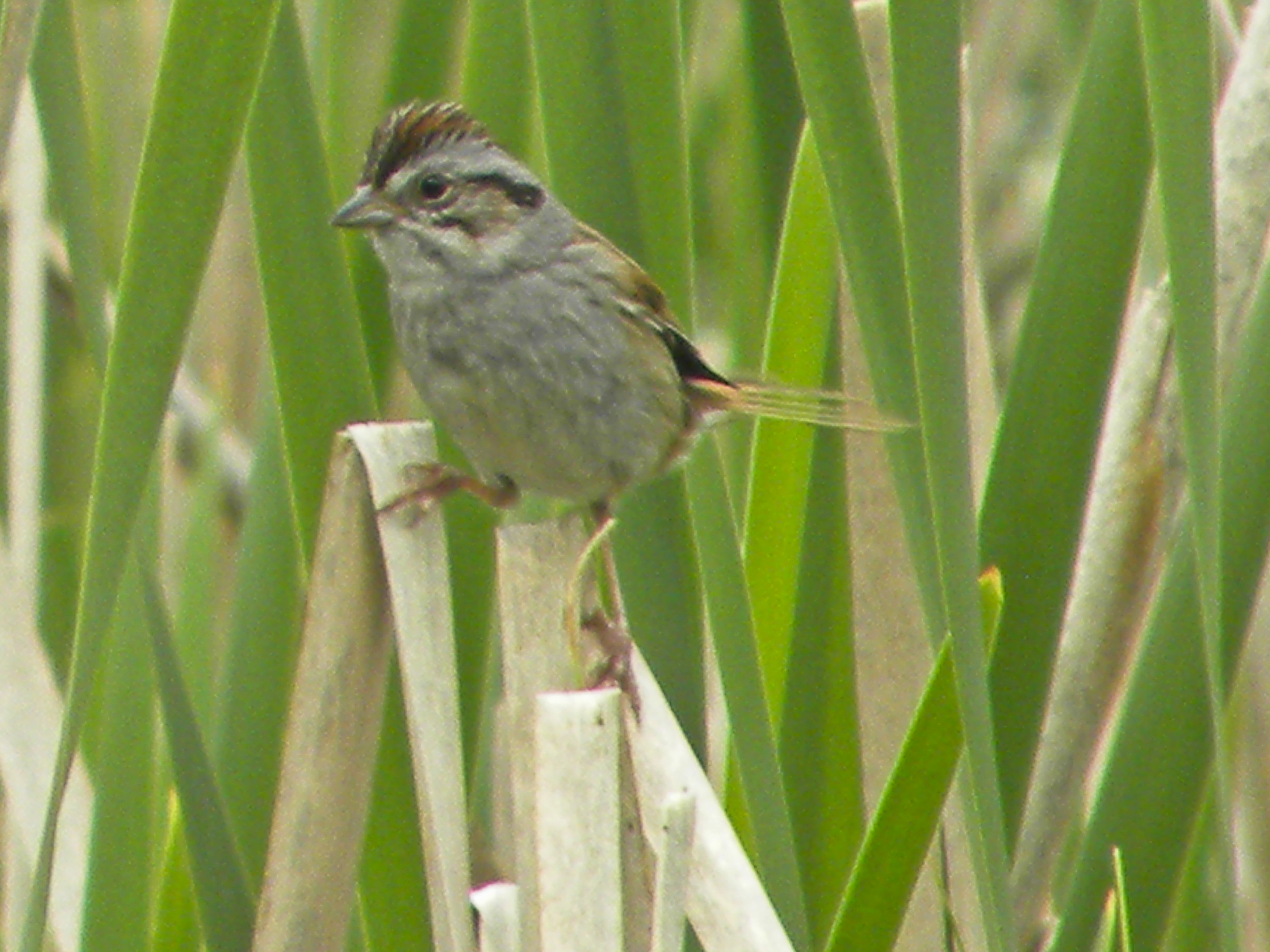Buried in the permafrost on a tiny island in the Arctic Ocean is a vault, which may contain the future of humankind. It doesn’t contain weapons, gold or books, nor anything else you would be likely to read about in an Ian Fleming novel; no, this vault contains the Earth’s supply of seeds, and is therefore much more important.
One of the hidden consequences of climate change is a steady decline in biodiversity, or the range of species in a particular area. As climates change, species that are very well adapted to a particular area begin to find life more difficult, and either die out or move on to new unexploited areas. Regardless of what they do though, their absence can have far-reaching impacts on the environment.
This change in diversity can also be fabricated, as more and more farmers transition from traditional methods of farming, which relied on a large number of different “heritage” crops to systems like we have in North America, where large swaths of land are devoted to monocultures, or a single species of plants, which often have very specific growth requirements. While these monocultures often have high yields, they are also much less resistant to a changing and unpredictable climate, and leave entire harvests susceptible to species-specific disasters, such as disease or pests.
In order to guard the globe’s seed diversity many communities have created “seed banks” — places that store seeds in an attempt to guard against disasters which may decimate a crop and otherwise destroy a community’s reserve of seeds. However, these local banks, especially in developing nations, are susceptible to natural disaster, war or even insufficient resources to maintain the bank. For this reason the Global Seed Vault was built in the mountains of Svalbard, Norway, a joint venture between the Norwegian government, the International Board for Plant Genetic Resources (IBPGR) and the UN’s Food and Agriculture Organization (FAO).
If you think of a country’s seed bank as its “hard drive,” the Svalbard Global Seed Vault (SGSV) would be the backup.
Opened in 2008, the facility is built in an abandoned mine a kilometre away from the town of Longyearbyen’s Airport. The ground around the vault is permanently frozen, ensuring that regardless of the temperature outside — which can reach a balmy 7 C in July — the facility would stay around a chilly -4 C in the event of a power failure. The location was chosen because, given its location and elevation — 130 metres above sea level — any sudden changes to the global climate would either have no effect on the facility, or, at the very worst, a delayed effect, which would give the SGSV time to respond. The amount of natural radiation was also taken into consideration, since over a long period of time even small amounts of radiation, though perfectly natural, could corrupt the genetic material contained within the vault.
Being built into the side of a mountain, the only part of the facility visible to the outside world is a concrete “fin” in which brushed steel doors are set. An artistic addition to the top of the fin reflects light and emits a gentle glow. The three storage chambers, which are kept at -18 C, are reached via a 100-metre tunnel.
The vault currently houses 430,000 seed samples, with new “deposits” arriving all the time. It was built to hold a maximum of 4.5 million samples. With each sample consisting of 500 seeds, the vault could potentially house 2.25 billion seeds at its maximum capacity.
The UN secretary general, Ban Ki-Moon, recently toured the facility, ceremoniously depositing some seeds from his home country of South Korea. Ki-Moon praised Norway for having the vision and ability to build the facility, saying, “The vault exemplifies [ . . . ] how the world can be prepared [for global climate change].”




